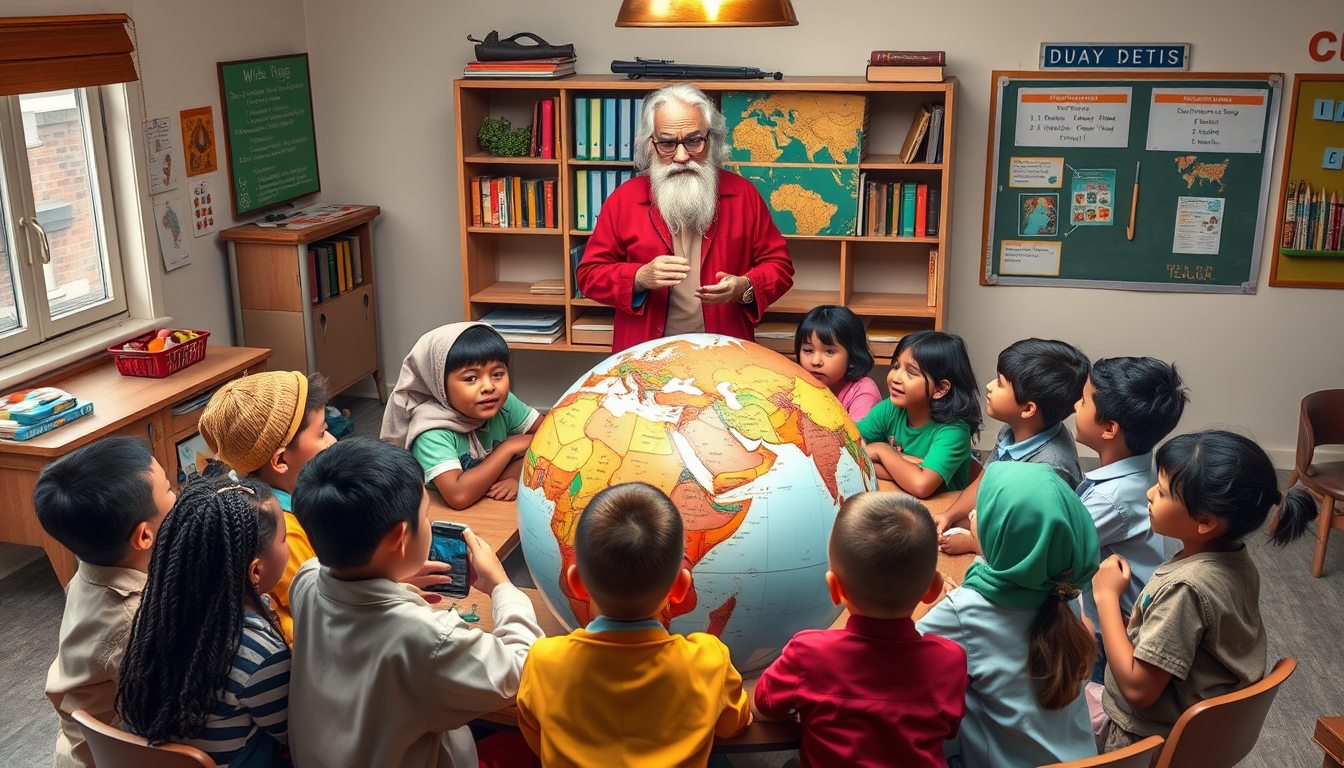
In an increasingly globalized world, the ability to understand and appreciate diverse cultures has become a crucial aspect of education. Cultural immersion—experiencing another culture firsthand through direct interaction and engagement—offers invaluable benefits for students, educators, and communities alike. This blog post explores the significance of cultural immersion in education, its impact on personal development, and the ways in which it enriches academic experiences.
Understanding Cultural Immersion
Cultural immersion refers to the practice of engaging deeply with a culture different from one’s own. This can occur through travel, study abroad programs, community exchanges, language learning, or participation in local cultural events. Unlike traditional educational approaches that focus on theoretical knowledge, cultural immersion emphasizes experiential learning. It allows students to explore new perspectives, challenge their assumptions, and foster a more profound understanding of the world around them.
The Educational Benefits of Cultural Immersion
1. Enhanced Critical Thinking Skills
Cultural immersion promotes critical thinking by exposing students to different viewpoints and practices. When students encounter diverse ways of living, they are encouraged to question their preconceived notions and consider alternative perspectives. This process enhances their ability to think critically about complex social issues and to approach problems with creativity and flexibility. For instance, students participating in a cultural exchange program might confront differing societal values regarding education, family, and governance, leading them to engage in thoughtful discussions about their own cultural biases.
2. Improved Communication Skills
Engaging with people from different cultures enhances communication skills, particularly in terms of intercultural dialogue. Students learn to navigate language barriers, nonverbal communication cues, and cultural nuances that affect interactions. This experience not only improves their language skills but also fosters empathy and active listening—skills essential for effective communication in today’s interconnected world. For example, a student learning a new language through immersion in a foreign country can develop conversational skills far beyond what traditional classroom instruction can offer.
3. Increased Cultural Awareness and Sensitivity
Cultural immersion cultivates a deeper understanding and appreciation of cultural diversity. Students who immerse themselves in another culture become more aware of the complexities and richness of that culture, moving beyond stereotypes and generalizations. This heightened cultural sensitivity is crucial in a multicultural society, where respect and understanding can reduce conflicts and promote harmony. Programs that involve service learning within diverse communities can expose students to social issues and challenges faced by marginalized groups, helping to foster a sense of social responsibility.
4. Personal Growth and Development
Experiencing another culture often leads to profound personal growth. Students learn to adapt to new environments, face challenges, and step out of their comfort zones. This fosters resilience, independence, and self-confidence. Immersion experiences can be transformative, helping students develop a global mindset that enhances their personal and professional lives. For instance, a student who participates in a summer program in a rural village may discover new interests, such as sustainable agriculture or community development, leading to future career paths they had not previously considered.
Cultural Immersion in Educational Settings
1. Study Abroad Programs
Study abroad programs offer students the opportunity to live and study in a different country for an extended period. These programs typically include coursework that integrates local culture and history, language studies, and opportunities for cultural exchange. The experience of navigating daily life in a foreign context—whether it’s ordering food, using public transportation, or participating in local festivals—can profoundly shape a student’s worldview.
2. Language Immersion Schools
Language immersion schools provide a unique approach to language learning by immersing students in a second language from an early age. These programs often incorporate cultural lessons, allowing students to learn about the traditions, customs, and social norms associated with the language. This approach not only aids in language acquisition but also deepens students’ understanding of the cultural context in which the language is spoken.
3. Community Engagement and Service Learning
Community engagement initiatives, such as volunteer programs and service-learning projects, allow students to work alongside individuals from diverse backgrounds. This interaction fosters cultural exchange and helps students develop a deeper understanding of the challenges faced by different communities. For instance, students who volunteer in refugee camps or underserved neighborhoods can gain insights into social justice issues and the impact of cultural differences on community dynamics.
Challenges and Considerations
While the benefits of cultural immersion are significant, it is essential to recognize and address potential challenges. Students may encounter culture shock, which can lead to feelings of isolation and frustration. Educators should prepare students for these challenges by providing pre-departure training and support during their immersion experiences. Additionally, it is crucial to approach cultural immersion with respect and openness, avoiding the pitfalls of cultural appropriation or superficial engagement.
Conclusion
Cultural immersion is a powerful educational tool that transcends traditional classroom learning. By engaging deeply with different cultures, students develop critical thinking skills, improve communication, enhance cultural awareness, and experience personal growth. As the world becomes increasingly interconnected, the ability to understand and appreciate cultural diversity will be paramount for future leaders, innovators, and global citizens. Educators, institutions, and communities must prioritize and promote cultural immersion opportunities, ensuring that students are equipped with the skills and perspectives necessary to thrive in a diverse and dynamic world. Through cultural immersion, we can cultivate empathy, foster respect, and build a more inclusive society for all.




